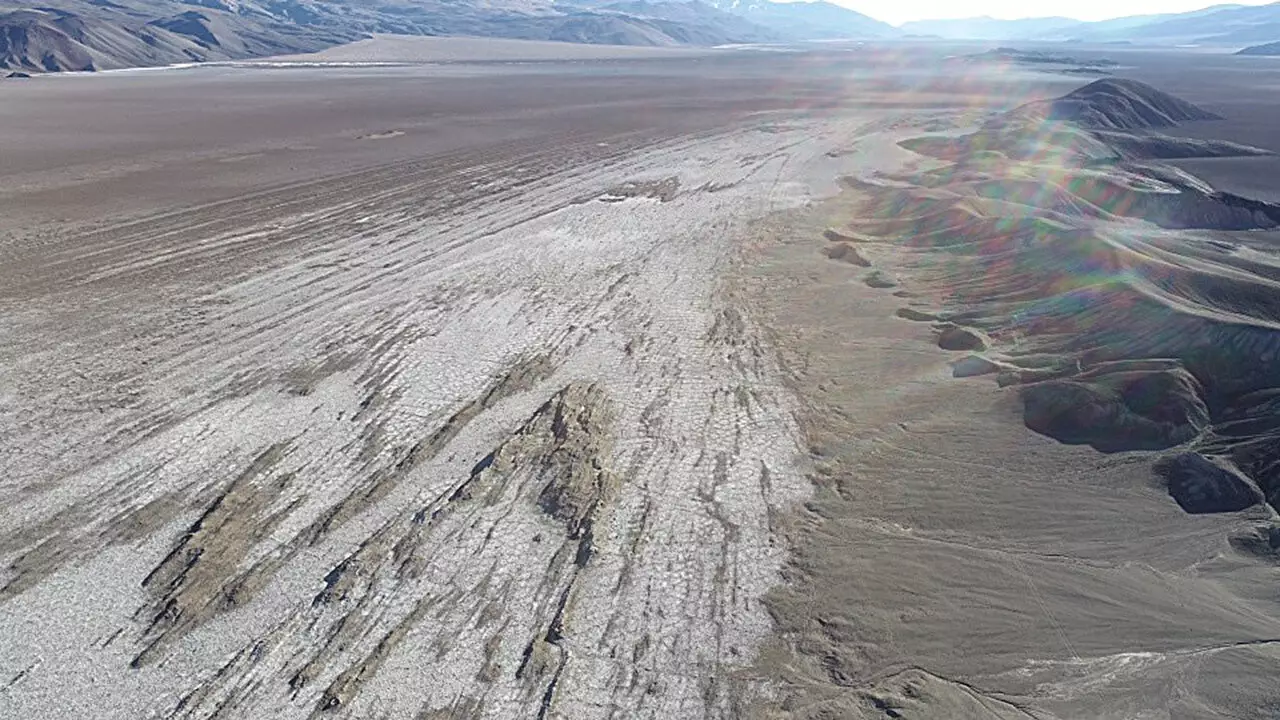The Andean Plateau, a colossal expanse in South America, stands as a testament to the Earth’s dynamic processes, rising more than 4,000 meters above sea level. Its formation is rooted in orogenic uplift, a phenomenon that unfolded over 20 million years ago. This process, characterized by the convergence of tectonic plates, leads to the crumpling of the Earth’s crust to create majestic mountain ranges and varying geological features. The study of such significant landforms not only enriches our knowledge of regional topographies but also offers insights into the geological history shared by disparate areas across the globe.
A New Era in Geological Research
Recent investigations into the Andean Plateau, highlighted in the journal Tectonics, reveal a sophisticated understanding of the region’s geological evolution. Led by researcher Rodrigo Quiroga, a team utilized an innovative combination of satellite imagery and forward modeling. By mapping current structural features, they effectively traced the history of stress and crustal deformation over the last 24 million years. Such an integrative approach represents a paradigm shift in how geologists visualize and articulate the dynamics of the Earth’s crust.
Deciphering the Earth’s Diary: Techniques and Findings
The research employed uranium-lead dating of zircons—robust minerals capable of recording environmental conditions—helping the team to decode previous stress orientations and magnitudes affecting the plateau. The insights gleaned from the zircon analysis allowed for a sophisticated understanding of regional tectonics, segmenting the plateau’s evolution into four distinct stages. Each stage elucidated varying stress regimes, from initial compression to a contemporary strike-slip regime, signifying an intricate narrative of geological change.
Comparative Geological Evolution: The Andean vs. Tibetan Plateau
The findings from the Andean Plateau carry substantial implications for our broader understanding of mountain formation. It becomes evident that the evolutionary timeline of the Andes shares echoes with orogenic developments observed in the Tibetan Plateau and the Peruvian Andes. Nonetheless, while the Tibetan Plateau has seemingly reached its critical stress threshold, resulting in a phenomenon known as orogenic collapse, the Andean Plateau appears to be in a different phase—one wherein normal faulting is notably absent. This observation indicates a plateau on the verge of potential transformation, stirring curiosity about the implications of these geological dynamics.
Beyond the Andes: Future Implications of Research
As researchers delve deeper into these tectonic narratives, the ripples of their findings extend beyond the Andean region, potentially guiding future studies across other mountainous terrains. The revelations concerning stress regimes and crustal behavior not only enhance scientific literacy about the Andes but could also serve as a roadmap for understanding the geological evolution of similar landscapes worldwide. As we continue to unravel the complex stories told by our planet’s infrastructure, the Andean Plateau stands as both a beacon of discovery and a reminder of the intricate interplay between the Earth’s systems. The ongoing dialogue between the past and present geological forces beneath our feet highlights the importance of such research, asserting the necessity of a more nuanced comprehension of mountainous regions.


Leave a Reply